Home>Storage & Organization>Kitchen Organizing Tools>How Far Should Litter Box Be From Food
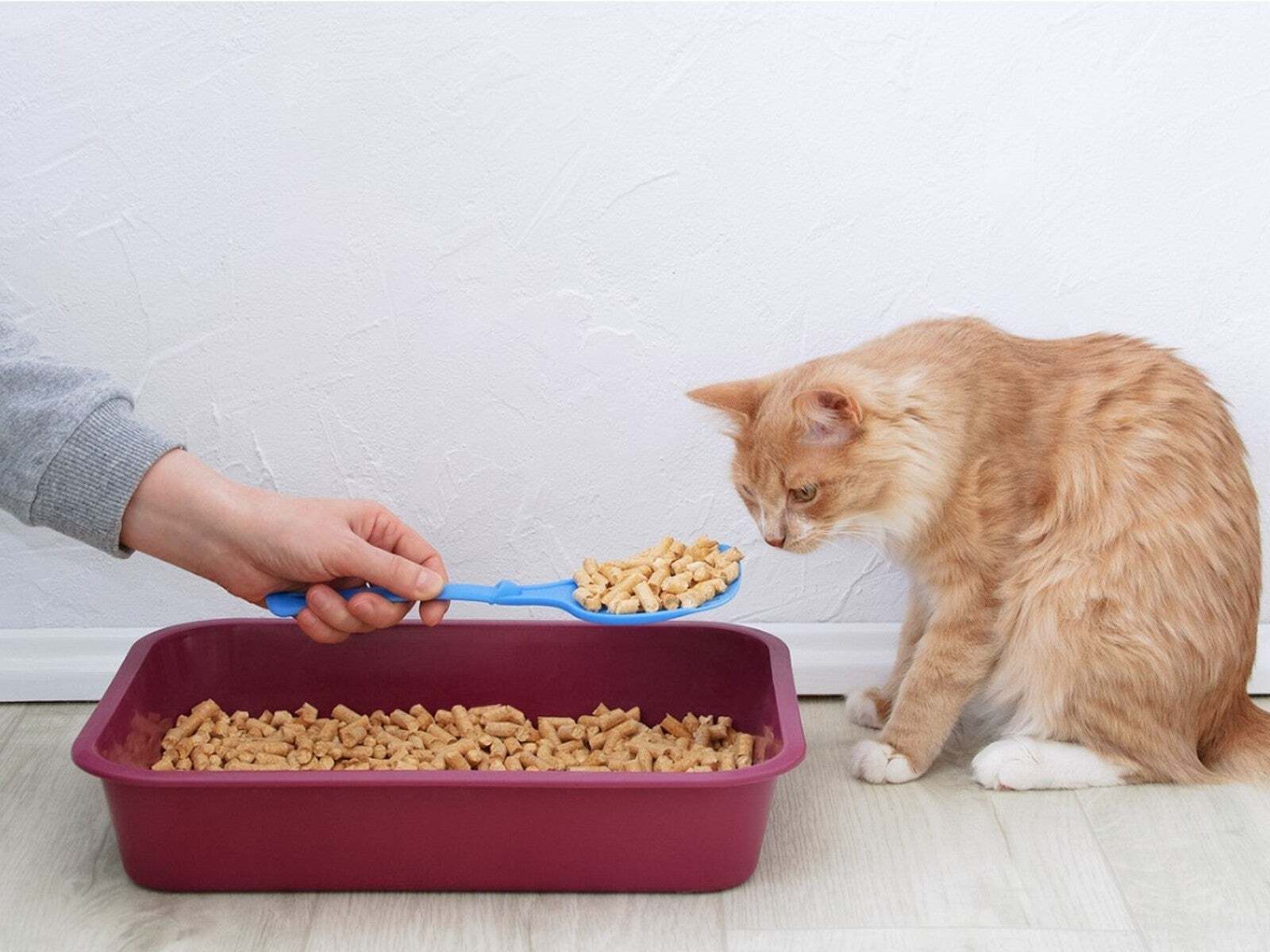

Kitchen Organizing Tools
How Far Should Litter Box Be From Food
Published: February 23, 2024
Discover the best kitchen organizing tools and learn how far your litter box should be placed from food for a clean and organized living space. Explore our tips now!
(Many of the links in this article redirect to a specific reviewed product. Your purchase of these products through affiliate links helps to generate commission for Storables.com, at no extra cost. Learn more)
Introduction
The placement of a cat's litter box in relation to its food and water dishes is a crucial consideration for any feline owner. While it may seem like a trivial matter, the proximity of these essential areas can have a significant impact on your cat's well-being and behavior. Understanding the optimal distance between the litter box and food is essential for creating a harmonious and hygienic environment for your beloved pet.
Ensuring that the litter box is appropriately positioned in relation to the feeding area is not only a matter of convenience but also a vital aspect of maintaining your cat's health and happiness. By delving into the intricacies of this seemingly simple arrangement, you can gain valuable insights into the best practices for creating an optimal living space for your feline companion. Let's explore the importance of separating the litter box and food, the ideal distance between these areas, and the key factors to consider when establishing their placement.
Key Takeaways:
- Keep your cat happy and healthy by placing the litter box at least 3 feet away from its food and water. This helps create a comfortable and stress-free environment for your feline friend.
- Consider your cat’s preferences, living space layout, and hygiene when positioning the litter box. By understanding these factors, you can create a harmonious and nurturing environment for your beloved pet.
Read more: How Deep Should Litter Be In A Litter Box
Importance of Separating Litter Box and Food
Maintaining a clear demarcation between the litter box and food and water dishes is paramount for several reasons. Firstly, cats are inherently clean animals, and they have a strong aversion to eliminating waste in close proximity to their feeding area. By separating these spaces, you can respect your cat's natural instincts and provide them with a hygienic and comfortable environment.
Furthermore, the separation of the litter box and food and water dishes helps to minimize stress and anxiety in your feline companion. Cats are sensitive creatures, and they can become distressed if their essential resources are clustered together. Placing the litter box in a separate location from the feeding area allows your cat to eat and eliminate waste in a calm and undisturbed manner, promoting a sense of security and well-being.
From a health perspective, maintaining distance between the litter box and food and water dishes is crucial for preventing contamination. Cats are meticulous groomers, and they are highly sensitive to odors. If the litter box is situated too close to their food and water, it can lead to a heightened risk of bacterial transfer and odor contamination, potentially causing digestive issues and behavioral changes in your cat.
Additionally, separating the litter box from the feeding area can help to mitigate potential behavioral problems. Cats are territorial animals, and they value their personal space. Placing the litter box in a separate location allows your cat to establish a clear distinction between their elimination area and their feeding space, reducing the likelihood of territorial conflicts and promoting a sense of security and comfort.
By recognizing the significance of maintaining a clear separation between the litter box and food and water dishes, you can create a harmonious and hygienic environment that supports your cat's physical and emotional well-being. This simple yet crucial aspect of feline care underscores the importance of thoughtful and considerate planning when arranging your cat's living space.
Ideal Distance Between Litter Box and Food
The ideal distance between a cat's litter box and its food and water dishes is a critical consideration for promoting a healthy and harmonious living environment. While there is no one-size-fits-all answer, as cats have individual preferences and behaviors, there are general guidelines that can help cat owners make informed decisions about the placement of these essential areas.
In general, it is recommended to maintain a distance of at least 3 feet between the litter box and the food and water dishes. This separation helps to create a distinct boundary between the elimination area and the feeding space, respecting the cat's natural instincts and promoting a sense of comfort and security. By providing ample physical distance between these areas, cat owners can minimize potential stress and anxiety in their feline companions, fostering a tranquil and hygienic environment.
Furthermore, the separation of the litter box and food and water dishes serves to reduce the risk of contamination and odor transfer. Cats are highly sensitive to smells, and they may be deterred from eating if their food and water are situated too close to the litter box. By maintaining a sufficient distance, cat owners can mitigate the likelihood of odor contamination and bacterial transfer, safeguarding their cat's digestive health and overall well-being.
While a distance of 3 feet is a general recommendation, it is important to consider the layout of the living space and the specific needs and behaviors of the individual cat. Some cats may prefer even greater separation between their litter box and feeding area, while others may be more adaptable to a closer proximity. Observing the cat's behavior and making adjustments based on their comfort and preferences can help cat owners determine the most suitable distance for their unique circumstances.
In multi-cat households, it is essential to provide separate litter boxes for each cat, ideally placed in different locations to prevent territorial conflicts and promote a sense of autonomy. Similarly, ensuring that each cat has its own designated feeding area, distinct from the litter boxes of other cats, can help to minimize stress and maintain a peaceful coexistence among feline companions.
By recognizing the significance of the distance between the litter box and food and water dishes, cat owners can create an environment that supports their cat's physical and emotional well-being. Thoughtful consideration of these essential areas and their placement can contribute to a harmonious and hygienic living space that nurtures the overall health and happiness of feline companions.
Factors to Consider When Placing Litter Box and Food
When determining the placement of a cat's litter box in relation to its food and water dishes, several factors should be carefully considered to ensure the well-being and comfort of the feline companion. These factors play a pivotal role in creating a harmonious and hygienic living environment for the cat, addressing its natural instincts, behaviors, and health considerations.
1. Cat's Preferences and Behavior
Understanding the individual preferences and behavior of the cat is paramount when deciding the placement of the litter box and food and water dishes. Observing the cat's behavior patterns, such as its tendency to seek privacy when eliminating waste or its reaction to the proximity of the feeding area, can provide valuable insights into the most suitable arrangement. Some cats may exhibit a strong aversion to having their litter box near their food, while others may be more adaptable to a closer proximity. By considering the cat's unique preferences and behavior, cat owners can tailor the placement to accommodate the feline companion's comfort and well-being.
Read more: How Far Can Cats Smell A Litter Box
2. Living Space Layout
The layout of the living space, including the size and configuration of the room or area where the cat spends most of its time, is a crucial factor in determining the placement of the litter box and food and water dishes. In smaller living spaces, such as apartments or condominiums, cat owners may need to strategically allocate areas for the litter box and feeding station to ensure sufficient separation while maximizing the use of available space. Conversely, in larger homes, there may be more flexibility in choosing separate and distinct locations for these essential areas, allowing for greater distance and privacy between the litter box and food and water dishes.
3. Multi-Cat Household Dynamics
In households with multiple cats, the dynamics between the feline companions must be taken into account when placing litter boxes and feeding areas. Each cat should have its own designated litter box, ideally located in separate and secluded areas to prevent territorial conflicts and promote a sense of autonomy. Similarly, providing individual feeding stations for each cat, distinct from the litter boxes of other cats, can help to minimize stress and maintain a peaceful coexistence among feline companions. Understanding the social dynamics and territorial behaviors of the cats is essential for creating a harmonious and stress-free environment for all feline occupants.
4. Hygiene and Odor Control
Maintaining proper hygiene and odor control is a critical consideration when placing the litter box and food and water dishes. The separation of these areas helps to minimize the risk of odor contamination and bacterial transfer, promoting a clean and hygienic environment for the cat. Additionally, choosing suitable litter that effectively controls odors and regularly cleaning and maintaining the litter box and feeding area are essential practices for upholding hygiene and ensuring the cat's comfort and well-being.
5. Cat's Health and Age
The health and age of the cat should also be taken into consideration when determining the placement of the litter box and food and water dishes. Older cats or those with mobility issues may benefit from having these essential areas located on the same level to facilitate ease of access. Similarly, cats with specific health concerns, such as urinary tract issues, may require special considerations in the placement of their litter box to accommodate their needs and promote their overall health and well-being.
By carefully considering these factors when placing the litter box and food and water dishes, cat owners can create an environment that respects the natural instincts and behaviors of their feline companions while promoting hygiene, comfort, and overall well-being. Thoughtful planning and consideration of these essential factors contribute to the creation of a harmonious and nurturing living space for cats, fostering a strong bond between the cat and its human caretakers.
Read more: How Big Should A Litter Box Be For A Cat
Conclusion
In conclusion, the placement of a cat's litter box in relation to its food and water dishes is a crucial aspect of feline care that significantly impacts the well-being and behavior of our beloved companions. By recognizing the importance of maintaining a clear separation between the litter box and feeding area, cat owners can create a harmonious and hygienic living environment that respects the natural instincts and preferences of their feline companions.
The ideal distance between the litter box and food and water dishes, typically recommended to be at least 3 feet apart, serves to create a distinct boundary between the elimination area and the feeding space. This separation promotes a sense of security and comfort for the cat, minimizing potential stress and anxiety while safeguarding its digestive health and overall well-being. Additionally, understanding the individual preferences and behavior of the cat, considering the layout of the living space, addressing multi-cat household dynamics, maintaining hygiene and odor control, and accommodating the cat's health and age are essential factors to consider when placing the litter box and food and water dishes.
By thoughtfully considering these factors and adhering to best practices for the placement of essential feline resources, cat owners can create an environment that supports their cat's physical and emotional well-being. This thoughtful approach not only fosters a strong bond between the cat and its human caretakers but also contributes to a peaceful and nurturing living space where the cat can thrive and flourish.
Ultimately, the placement of the litter box in relation to the food and water dishes is a reflection of our commitment to understanding and respecting the needs of our feline companions. By prioritizing their comfort, security, and health, we can create a space where our cats feel safe, content, and truly at home. As responsible and caring cat owners, it is our duty to ensure that every aspect of their living environment is thoughtfully designed to promote their well-being and happiness.
In essence, the placement of the litter box in relation to the food and water dishes is not merely a matter of spatial arrangement; it is a testament to our dedication to providing the best possible care for our cherished feline friends. Through mindful consideration and conscientious planning, we can create a living space that honors the unique needs and behaviors of our cats, fostering a deep and enduring bond built on trust, understanding, and mutual respect.
Frequently Asked Questions about How Far Should Litter Box Be From Food
Was this page helpful?
At Storables.com, we guarantee accurate and reliable information. Our content, validated by Expert Board Contributors, is crafted following stringent Editorial Policies. We're committed to providing you with well-researched, expert-backed insights for all your informational needs.
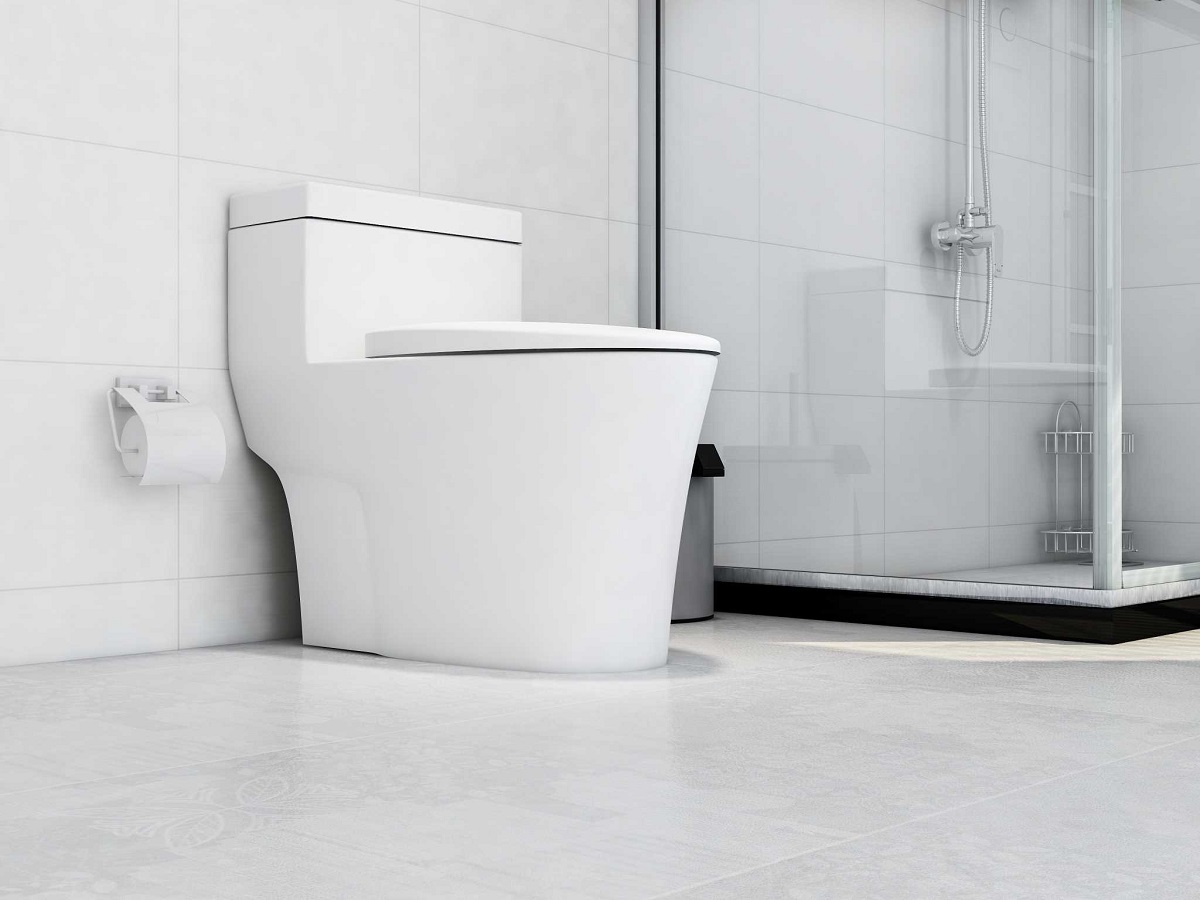

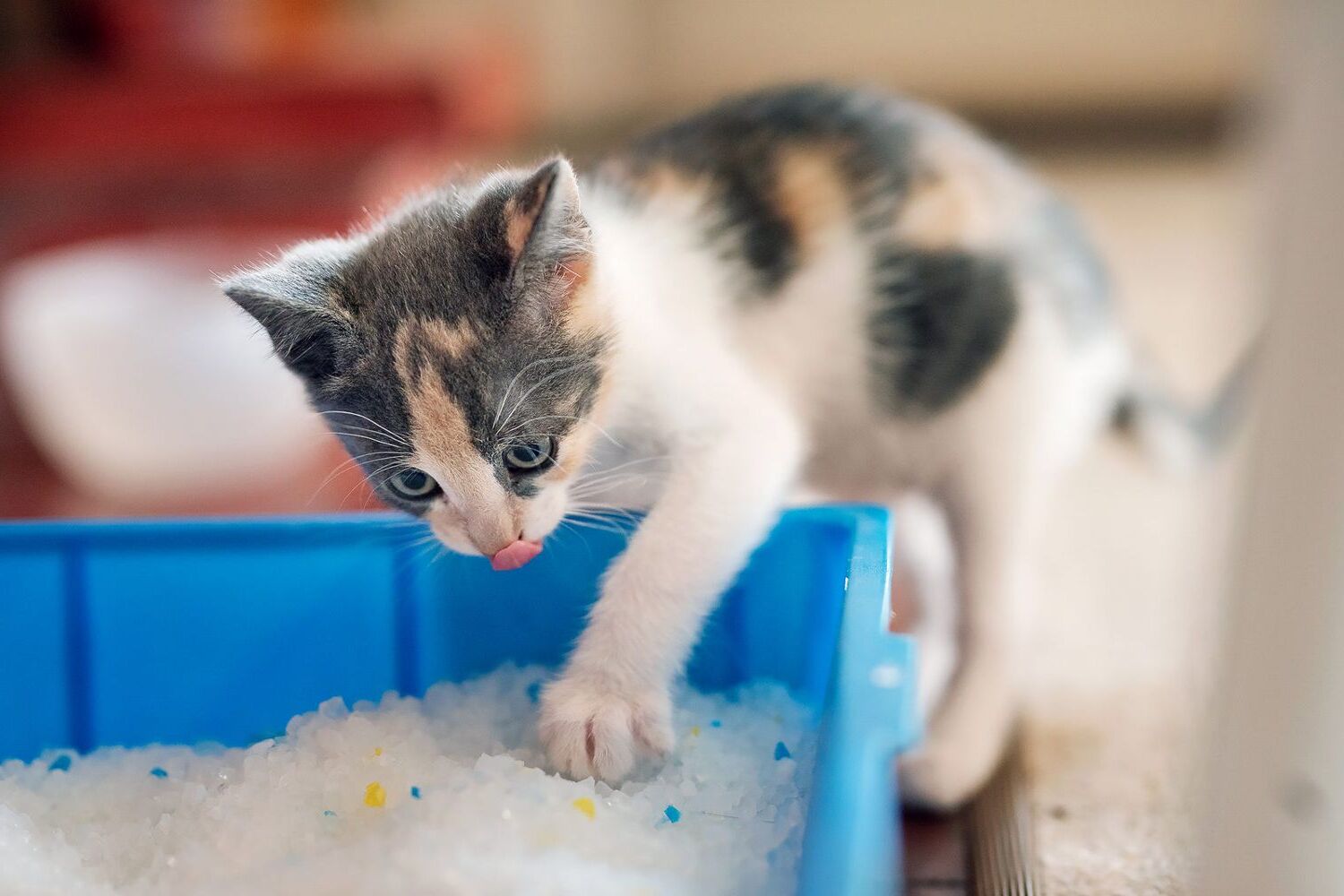
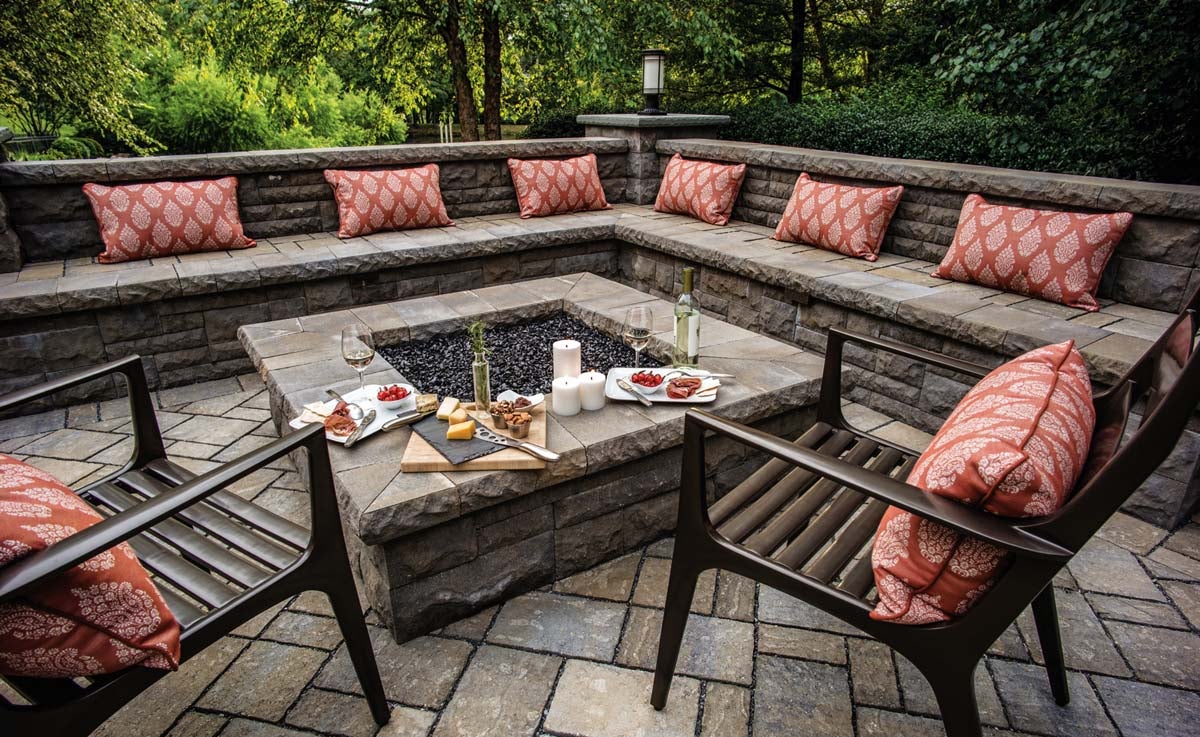
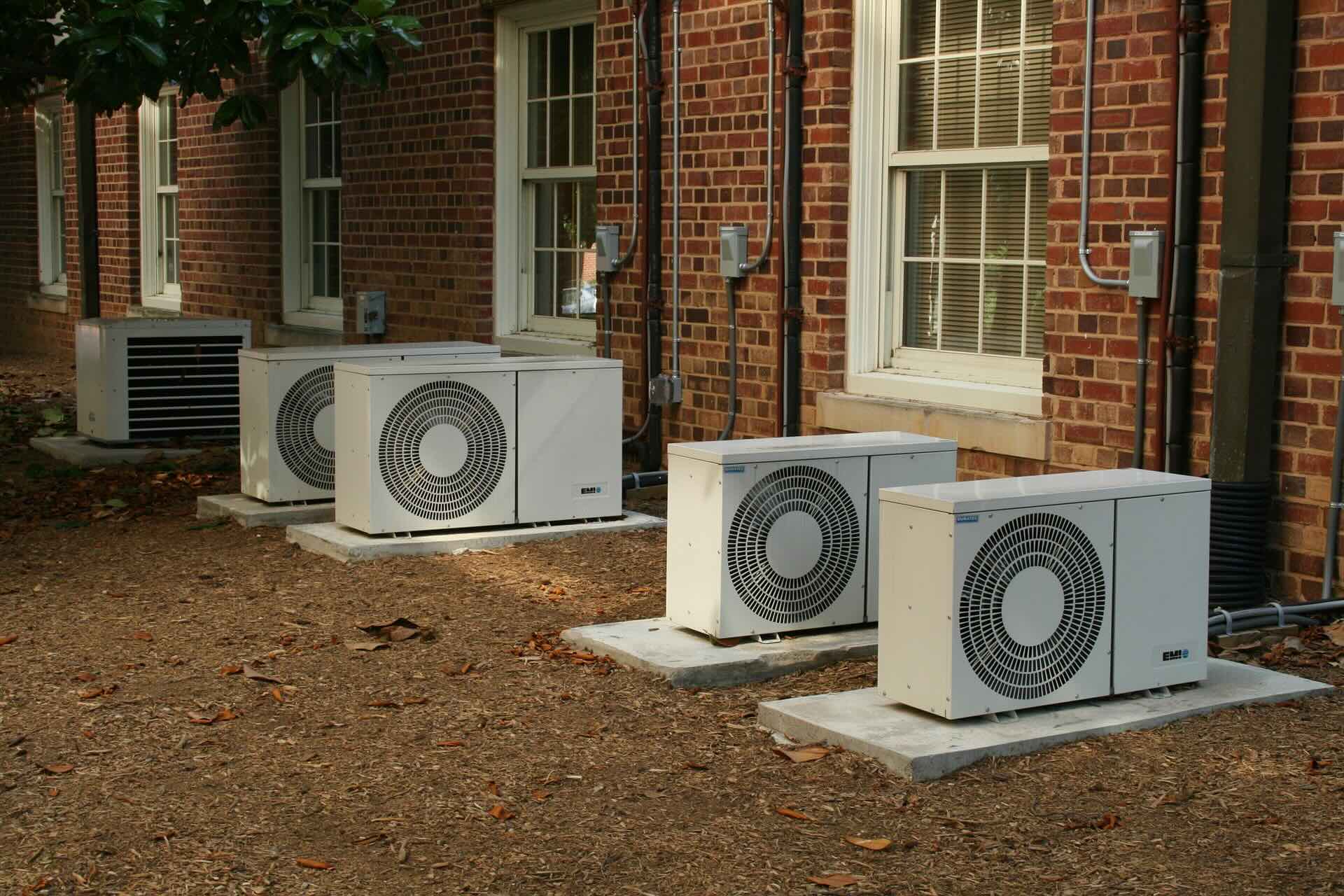
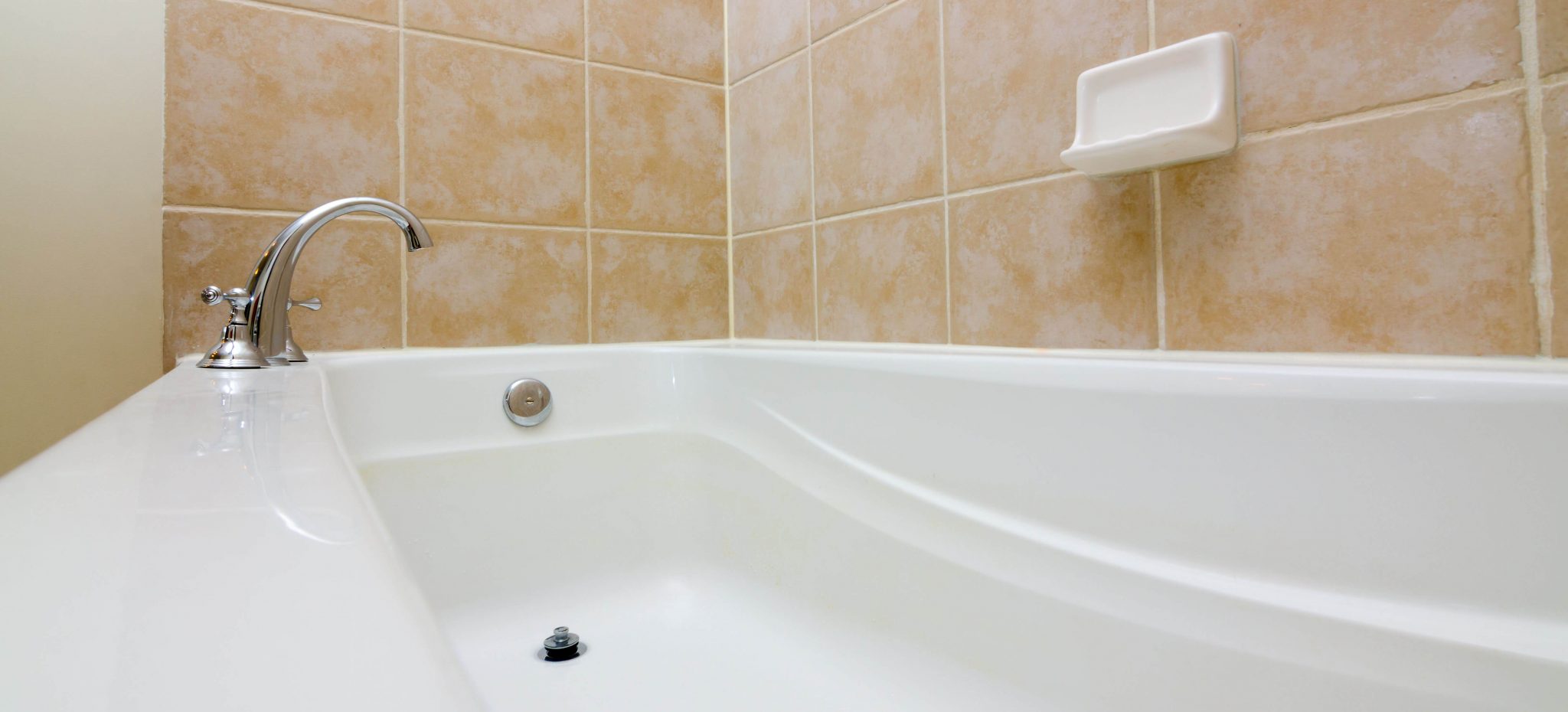
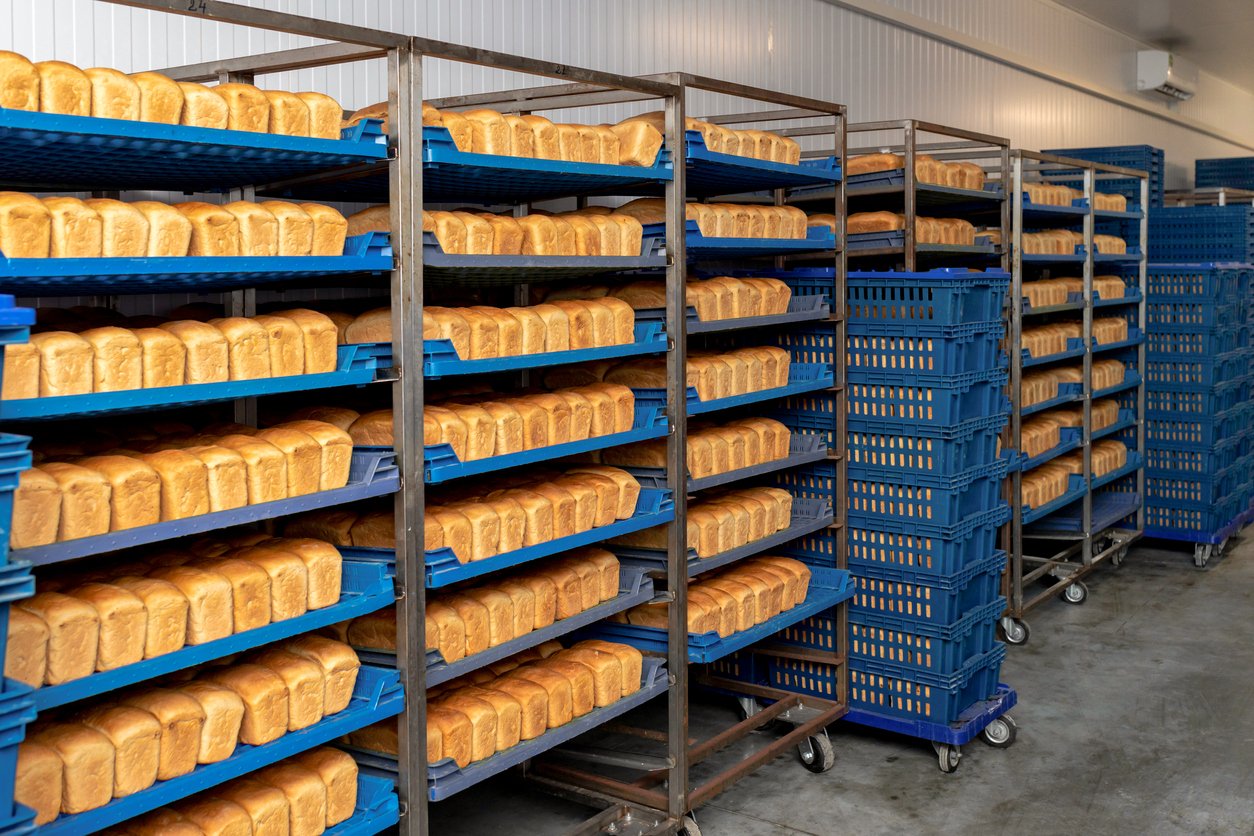
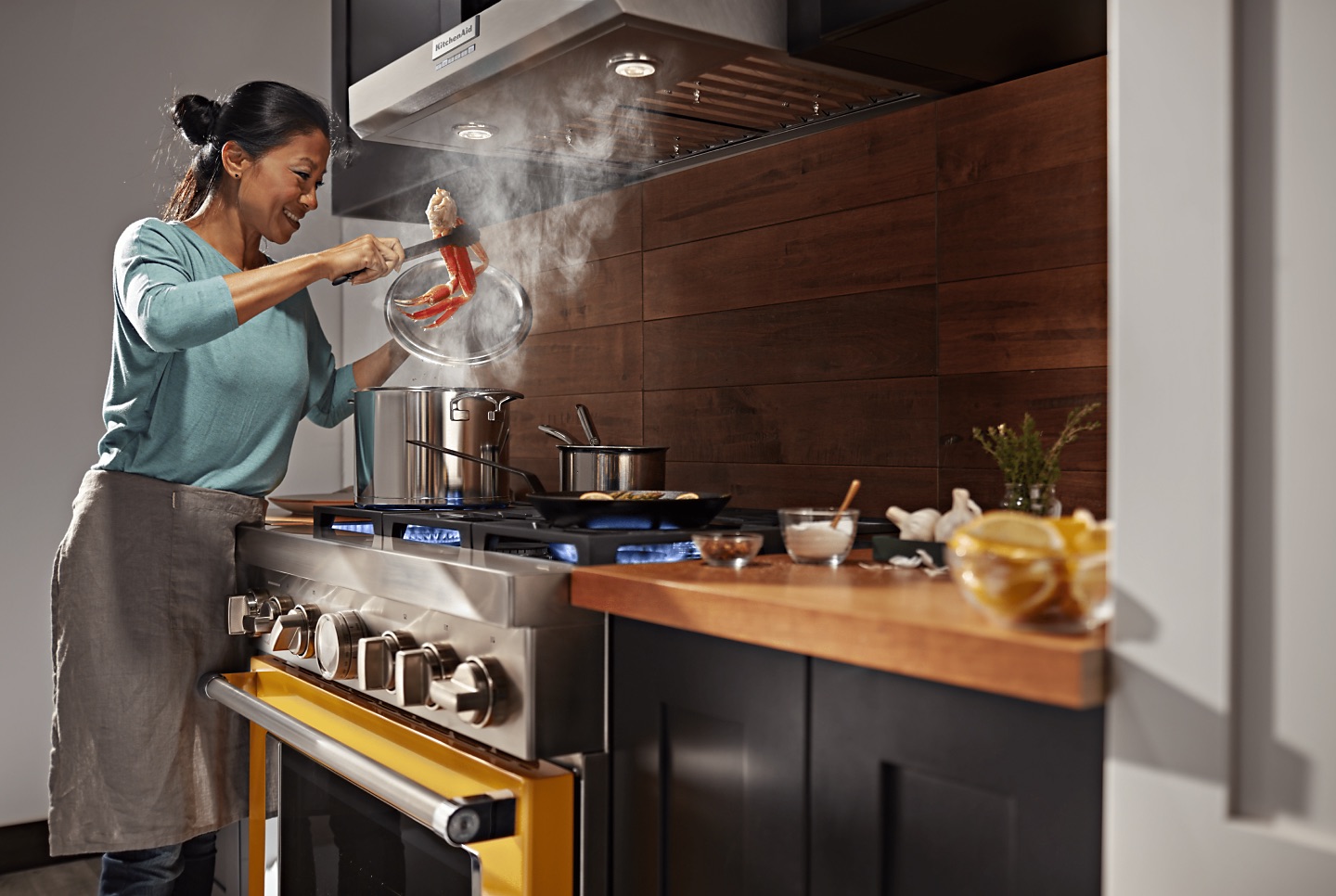
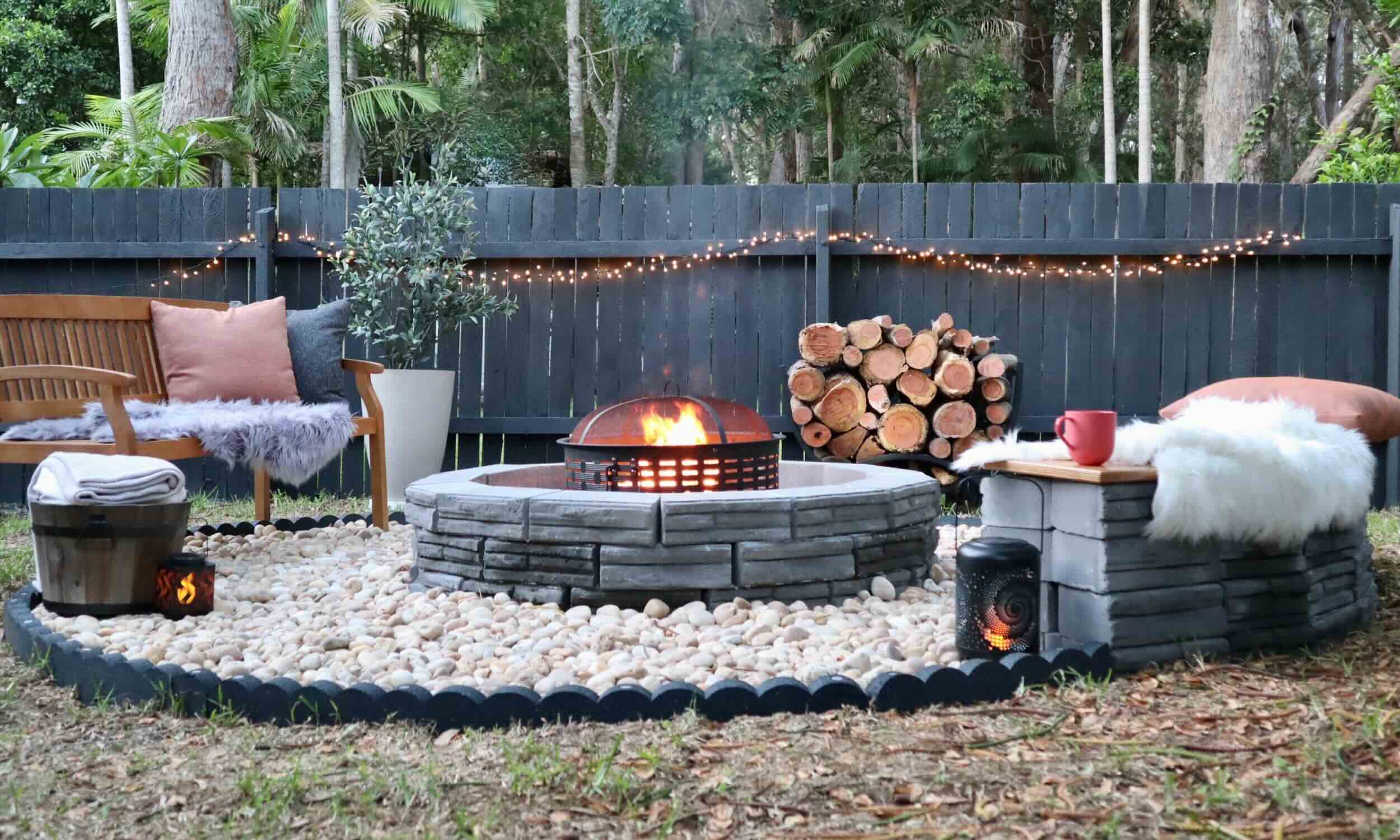

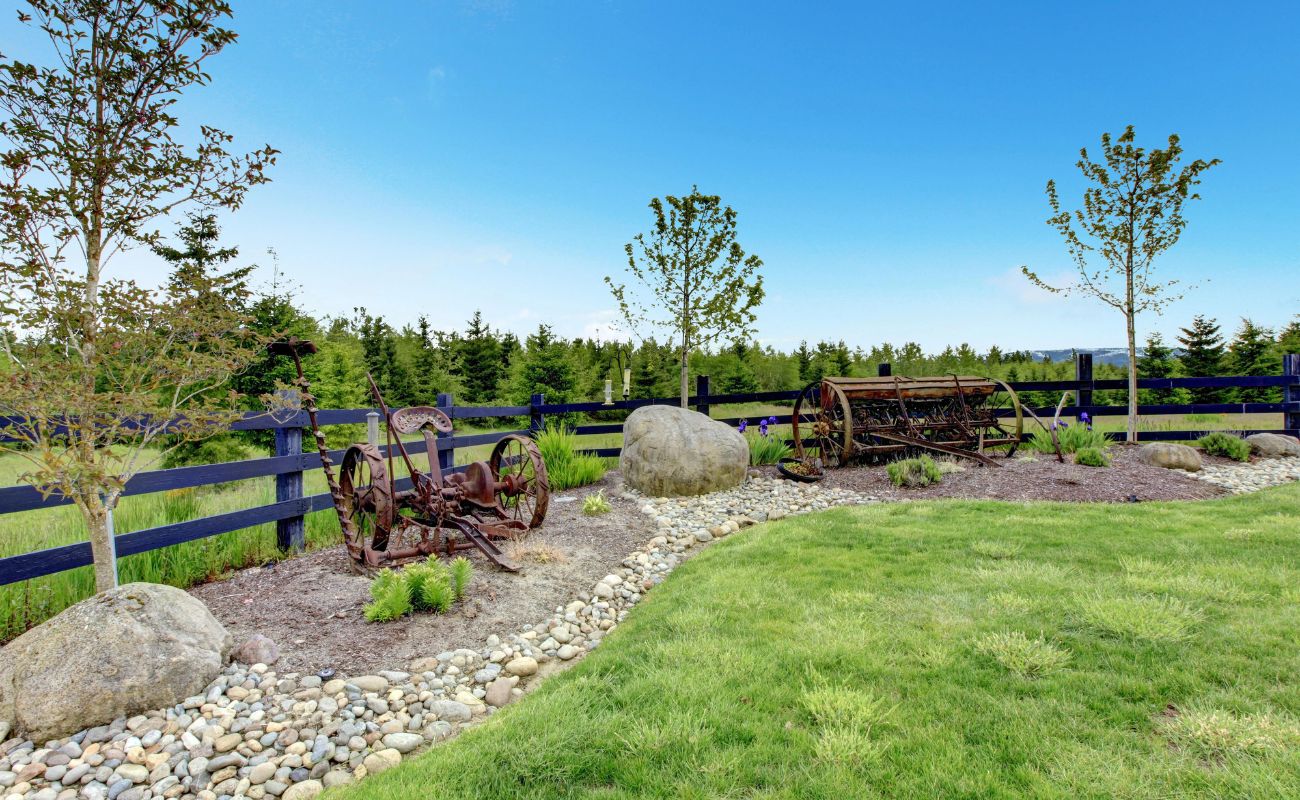
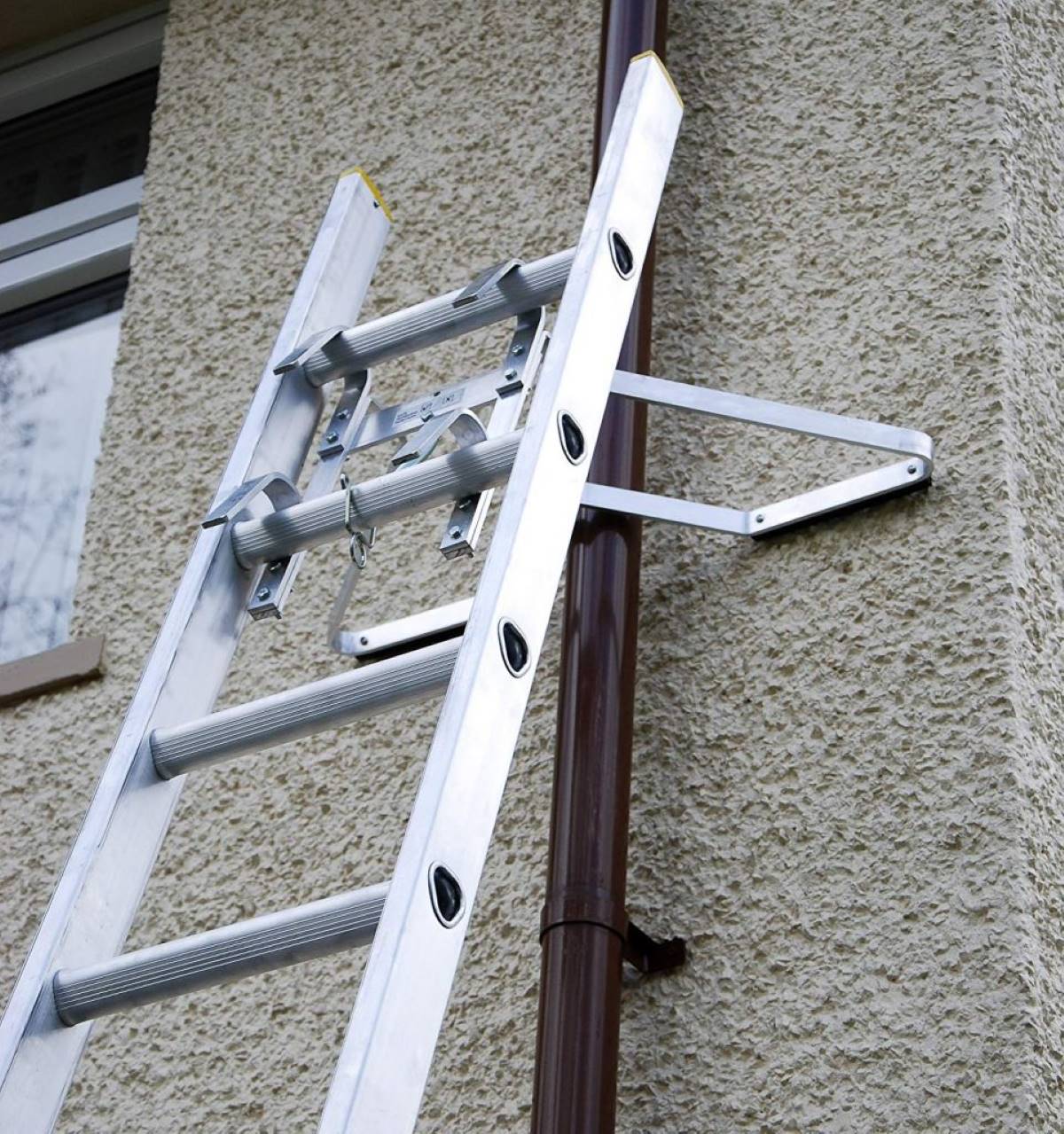
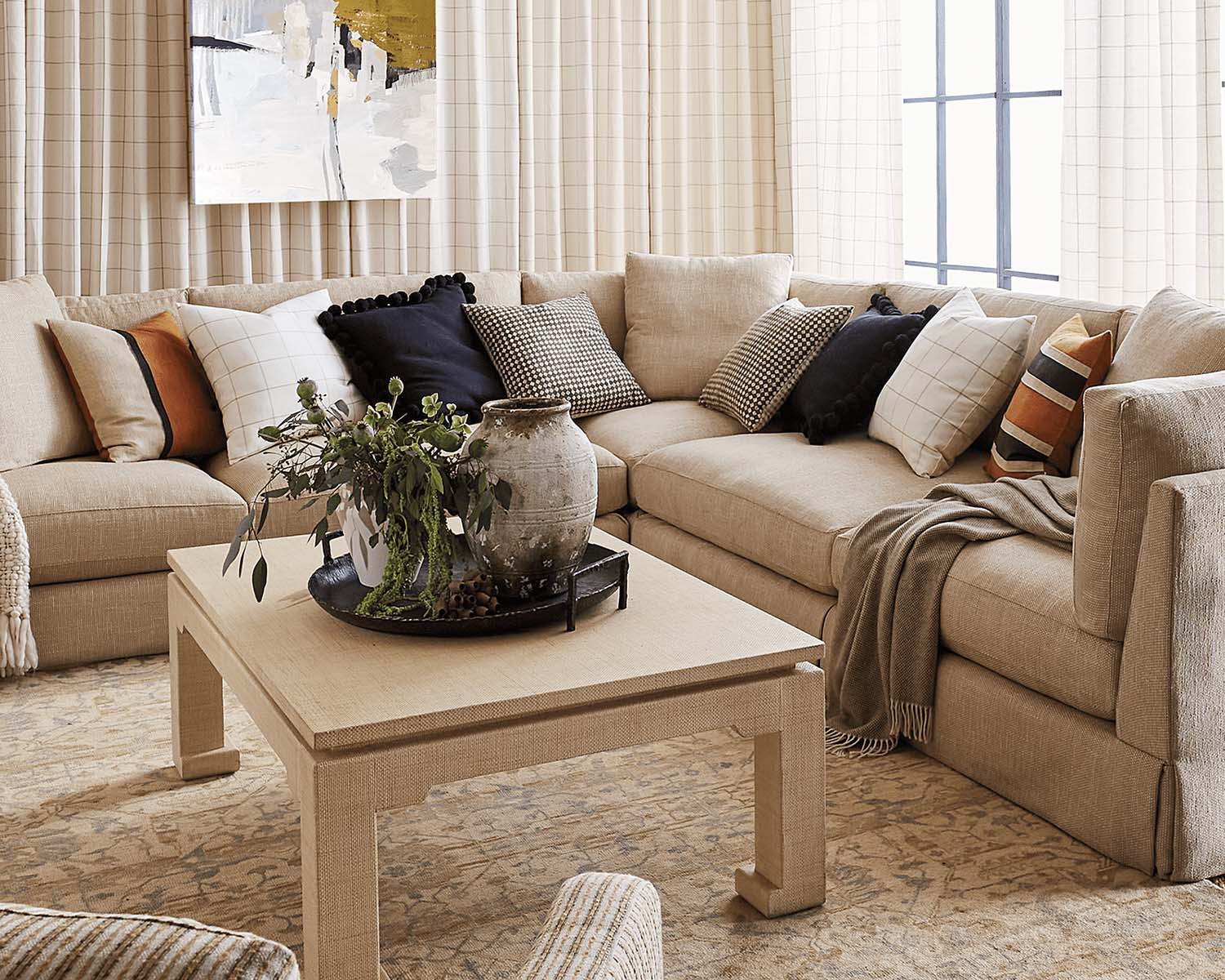

0 thoughts on “How Far Should Litter Box Be From Food”